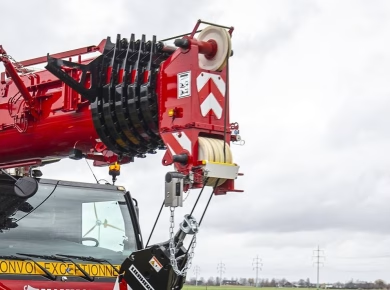Every construction site has its share of hazards, and despite the best intentions, safety messages often morph into background noise. The repetitive nature of safety briefings can lead to disengagement, where messages meant to protect workers are reduced to mere formality. As someone who’s spent years on the ground, I’ve seen firsthand how important it is to convey safety concepts in ways that resonate, stick, and inspire action rather than apathy. It’s time to break the cycle of monotony and breathe life into our safety communications.
Understanding the Audience
To craft safety messages that don’t sound like a broken record, the first step is understanding the audience. Construction workers, site managers, and safety professionals come from diverse backgrounds, and their experiences shape how they perceive and respond to safety protocols.
Know Their Challenges
Take the time to engage with the crew. What are their daily challenges? What safety concerns keep them up at night? For instance, during a recent site visit, I asked a group of workers about their biggest safety fears. The answers ranged from equipment malfunctions to slips and falls. By addressing these specific concerns in safety meetings, we shifted the narrative from generic safety reminders to relevant discussions that directly impacted their work lives.
Using Real-Life Stories
Incorporating real-life stories into safety training can transform a mundane presentation into an engaging dialogue. Personal stories resonate more than statistics, creating a connection that facts alone often fail to achieve.
Share Lessons Learned
When discussing the importance of harnesses in fall protection, share a story about a colleague who experienced a near-miss due to improper use. For instance, I recall a time when a fellow worker slipped while working at heights because he had removed his harness for “just a minute.” The slip resulted in injuries that could have been avoided had he adhered to the safety protocol. Sharing such experiences not only emphasizes the importance of safety measures but also humanizes the conversation, making it relatable.
Interactive Training Techniques
Static presentations can often lead to disengagement. By incorporating interactive elements, you can encourage active participation, which makes the material more memorable.
Engage Through Activities
Consider using role-playing scenarios or hands-on demonstrations to engage your team. For example, during a recent safety training session, we split the crew into small groups and assigned them different safety topics. Each group had to present a skit that depicted the correct and incorrect ways to handle equipment. The outcome was a lively session filled with laughter, learning, and, most importantly, retention of the safety messages.
Utilizing Technology
In today’s digital age, leveraging technology can enhance safety communications. Consider using mobile apps or software that provide real-time updates on safety protocols, hazard alerts, and training resources.
Implement Safety Apps
I recently implemented a safety app at our site that allows workers to report hazards instantly. The app not only promotes accountability but also encourages workers to be proactive about their environment. When they see their input lead to immediate changes, it reinforces the value of their role in maintaining a safe workplace.
Creating a Safety Culture
Establishing a culture that prioritizes safety over productivity can be challenging, but it’s essential for long-term success. When safety becomes part of the organizational identity, it changes the dialogue.
Encourage Open Communication
Fostering an environment where workers feel comfortable voicing their safety concerns is crucial. Regularly invite feedback and suggestions on safety protocols. When workers see that their input leads to tangible changes, it cultivates a sense of ownership and responsibility towards safety practices.
Conclusion
Breaking the cycle of monotonous safety messaging requires creativity, empathy, and a commitment to genuine communication. By knowing your audience, sharing real-life stories, engaging through interactive training, utilizing technology, and fostering a safety culture, you can create an environment where safety is not just a checkbox, but a shared value. As professionals in construction and site management, let’s strive to ensure that our safety messages resonate, inspire, and ultimately protect those we work alongside. The goal is clear: transform safety from a repetitive dialogue into a meaningful conversation that champions a culture of safety and accountability.


